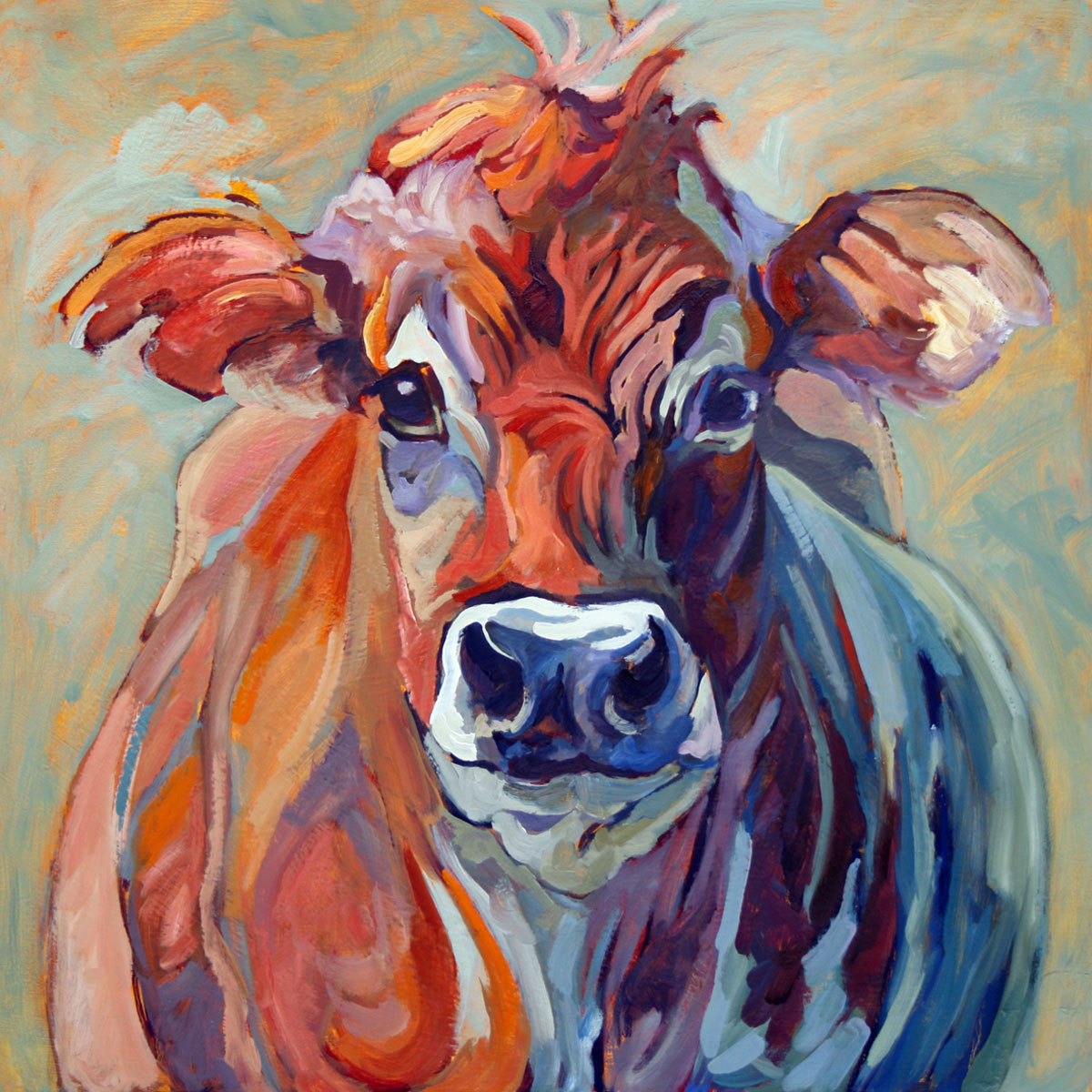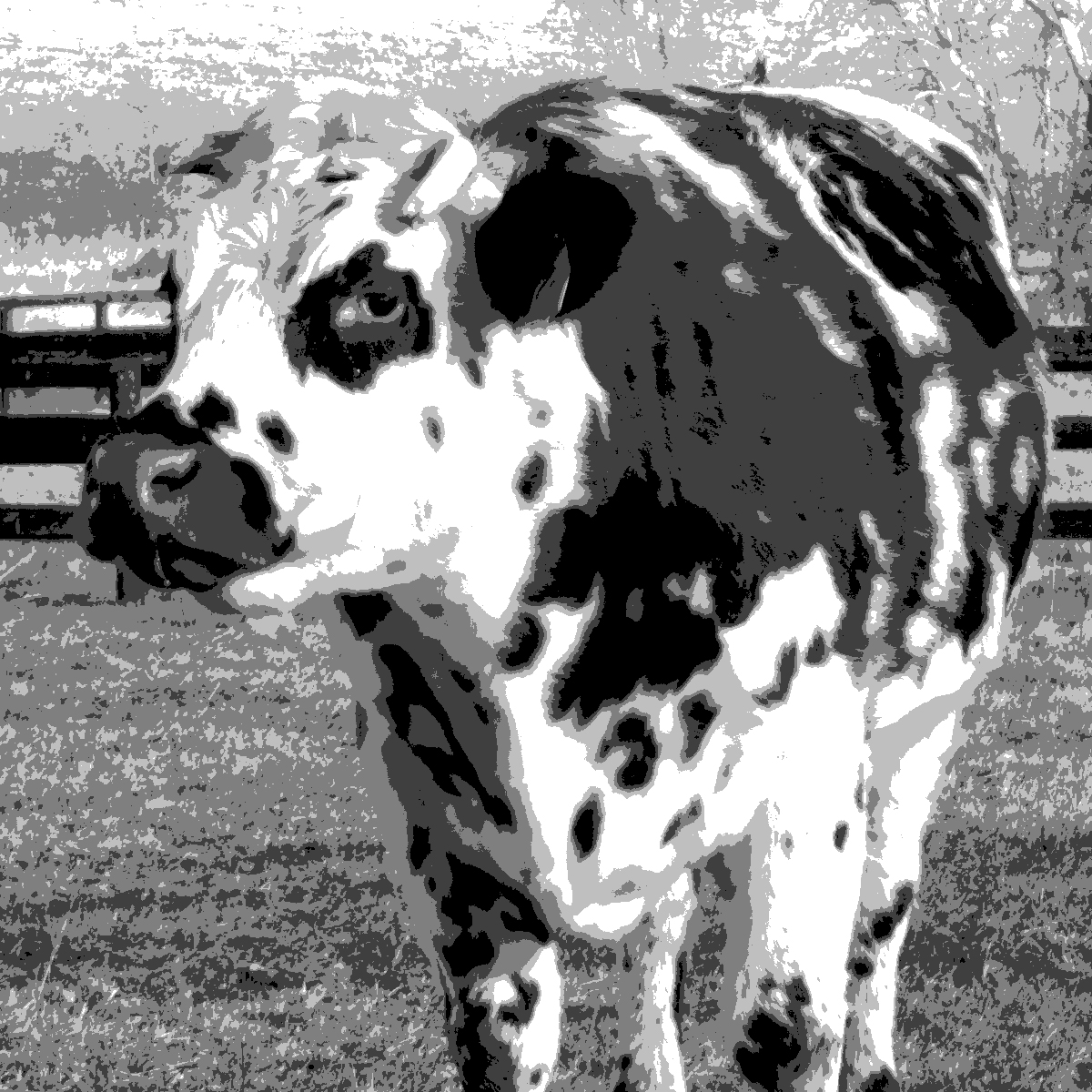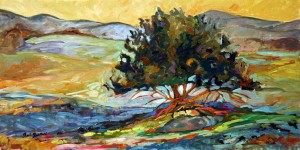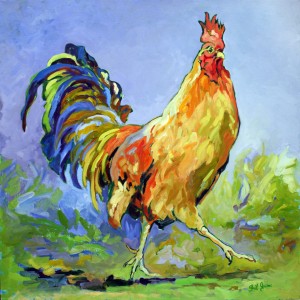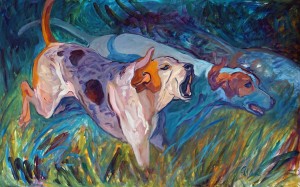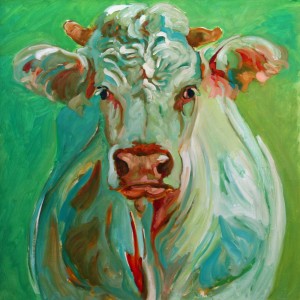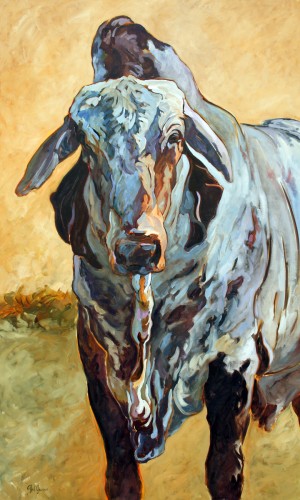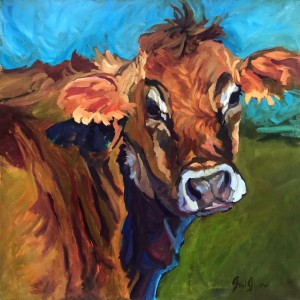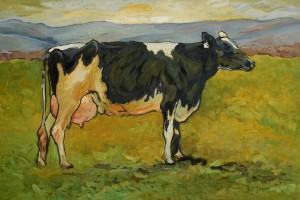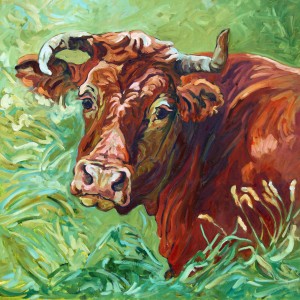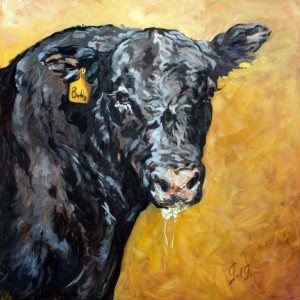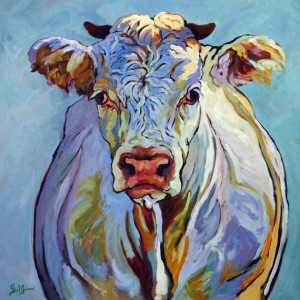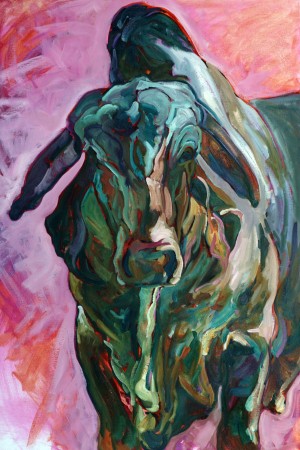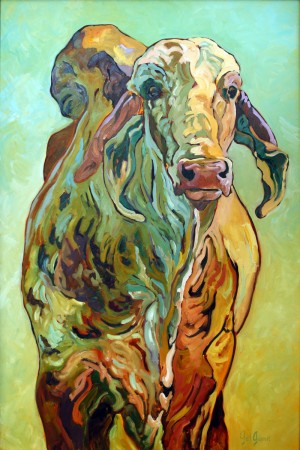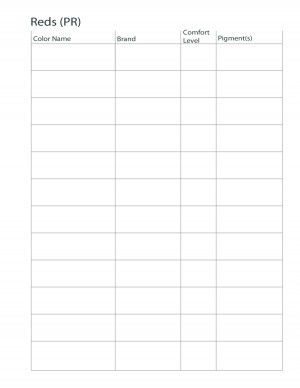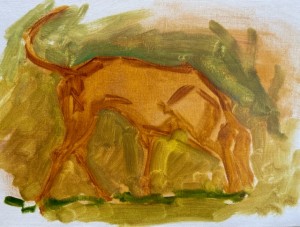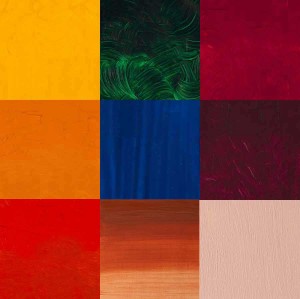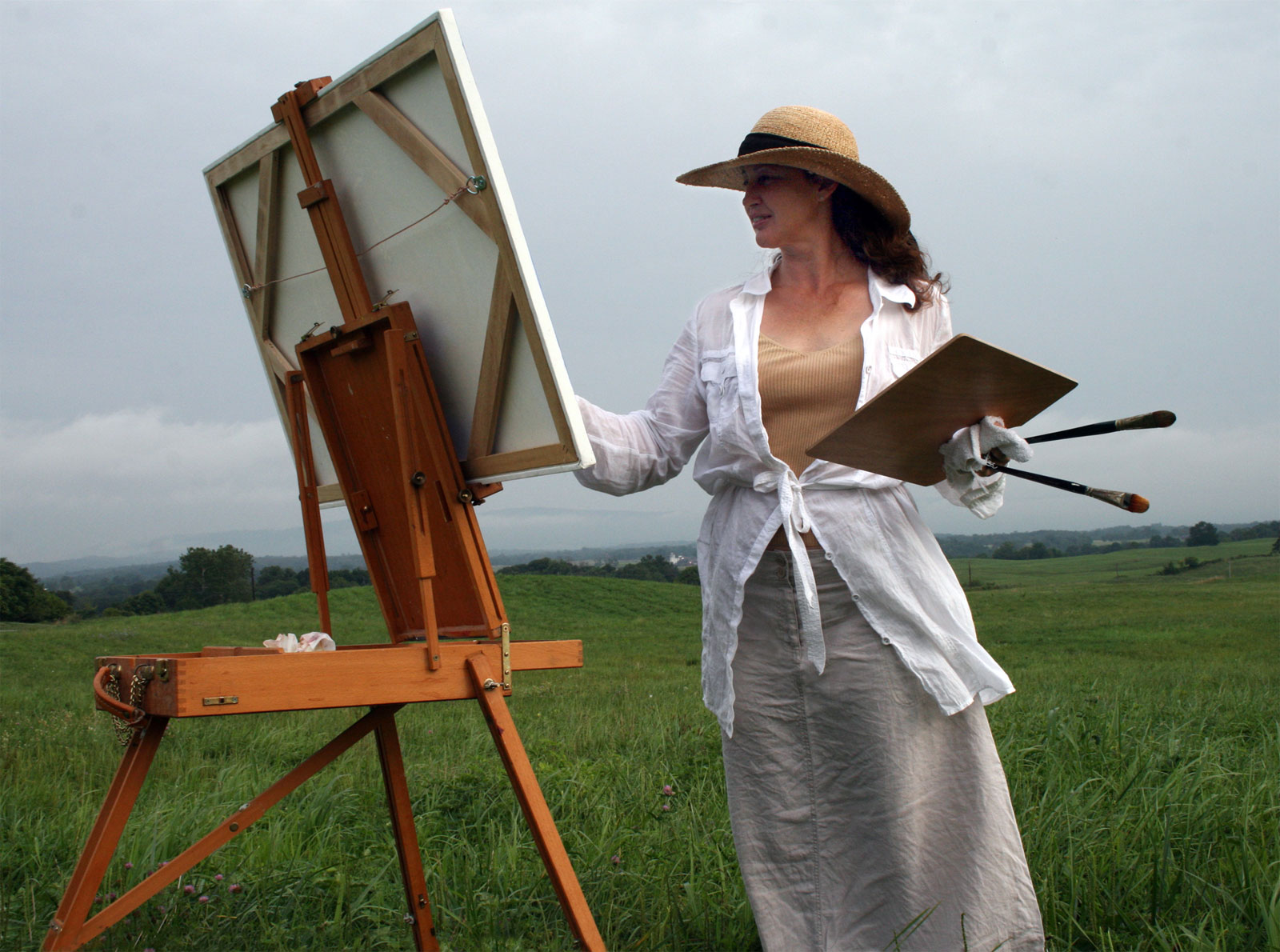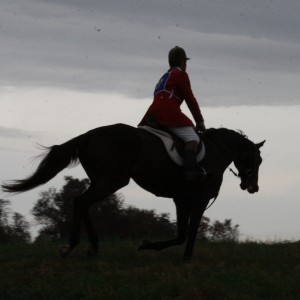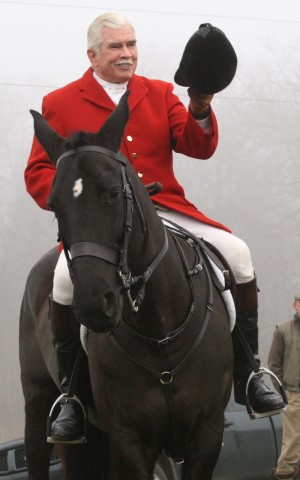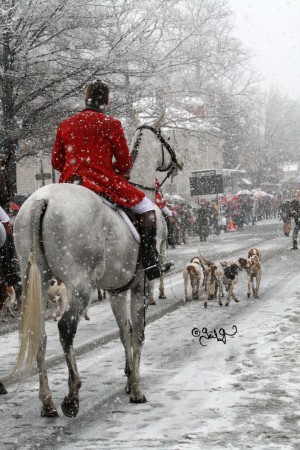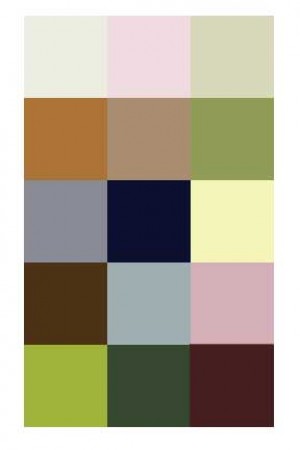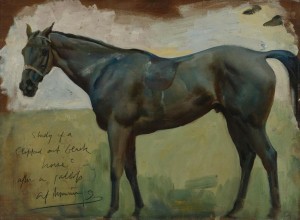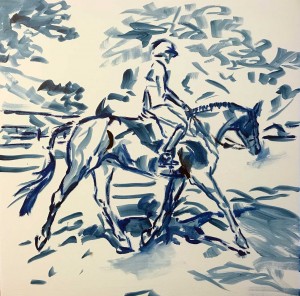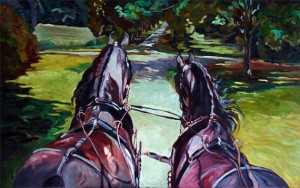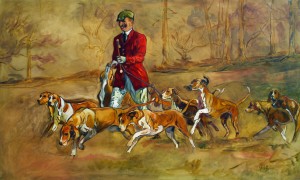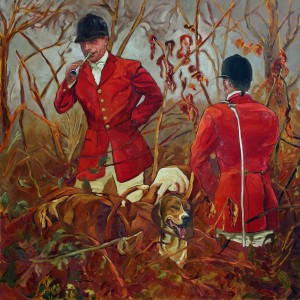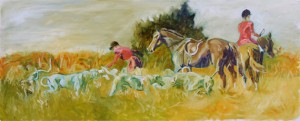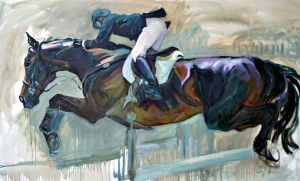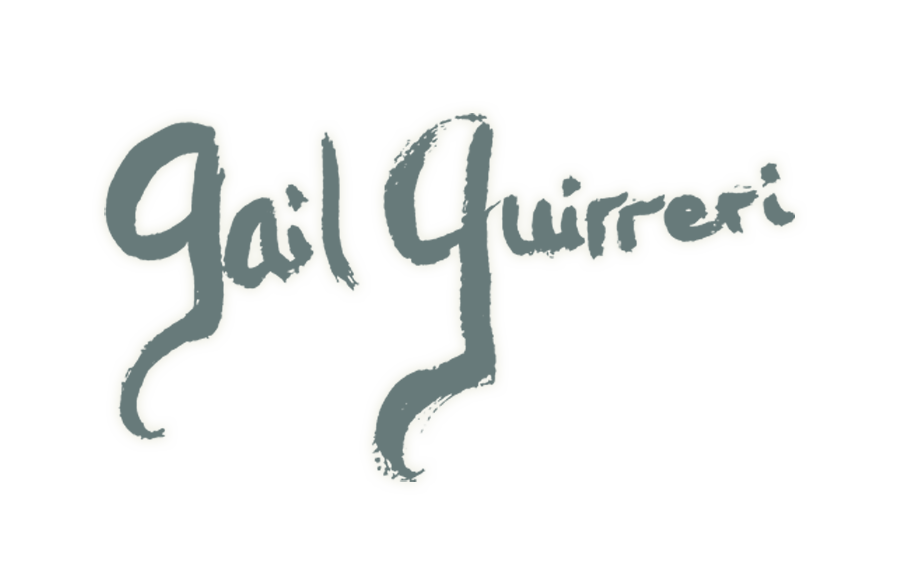Stuart Street Atelier Painting Workshop II, Day 2
This coming Monday I thought we might all work on a cow portrait. I have attached a few cow reference photos available to our class (copyright Gail Guirreri). Check each photo name for canvas size. There is a black and white posterized version as well to help you see shapes of the values.
A few of you have noticed the loss of cool shadows. They easily get warmed by Indian yellow on your brush. So instead of starting your drawings with warm colors, map out your canvas wash this time with just cool colors. Phthalo blue and Quin magenta and or Quin violet will give you a cool start. Keep your paint thin at this stage. Don't be afraid to move your drawing. It is important to get it right before adding yellows, oranges, reds and white. We will all take a break to study and discuss our cool drawings before adding yellow, red and white to our palette. Take your time with this first stage. You don't have to cover every piece of white canvas. Try to mark your shapes well by going back and forth between the two colors. Use a strong brush and plenty of Gamsol to keep the paint transparent.
Stage II: After our brief discussion we will add warm colors and white. Include Indian yellow, a bright red (not cadmium), phthalo green and titanium white to your palette. If you have a cool yellow (not cadmium) that might be nice too. Start softly adding colors from dark to light leaving the underpainting alone where you will want your brightest whites. Allowing that first wash to set longer will also help the white to cover easier. If you get heavy heavy medium values on the canvas where you want your brightest colors it will force you into waiting another day. This is why getting your wash drawing accurate is so important to alla prima (one sitting) painting. Try not to add white too quickly and keep your medium values from getting too thick too quickly. Try to leave your cool shadows untouched. Unless you are going for a mostly pale composition, too much white too quick can cause confusion. Leave glowing blue, violet and magenta from the first layer to linger in your shadows and highlights like flecks of gold.
The closer you get to the end of your painting use your signature strokes. Possibly you left some from your original drawing. Those are great ! Also consider them in your top layer of highlights. Really load your brush for those. Put the paint down, mark your canvas and don't fuss over it. Signature strokes should have purpose and shape. Create your drama of contrast at the end. It might be the scariest stage when you like what you have painted but that next level can really give you something special. There is always another canvas !!! Have fun.
This week I have been under the weather with an infection. I like to adjust each class as to how we are all doing . I will try to get these notes and images up sooner along with a link to some demonstration videos in the future.
Bring at least two canvases. You can do this exercise quickly once to get the idea then more deliberately on a larger canvas the second time. If you are staying for both sessions, we will work on what you would like to do in the second session. Feel free to print out and use any of the images.
NOTE: Class members are allowed to use these images for paintings and sell them as they wish. Be sure to let Gail know if you plan to sell the painting so she doesn't put any marks on it. For juried show entries it is normal requirement for your references to be your own and not borrowed. If you are not a member of this class, please repsect the copyright notice on this web site.
16 Images
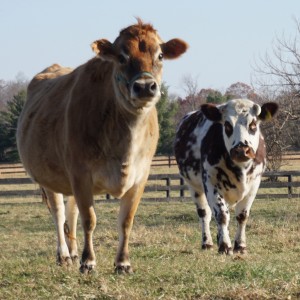
1 - Painting Class Cow Reference, square. Click to enlarge image.
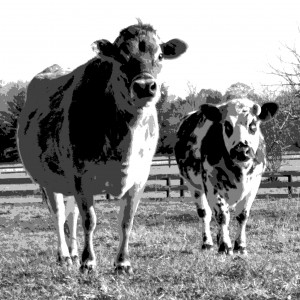
2 - Painting Class Cow Reference, square. Click to enlarge image.
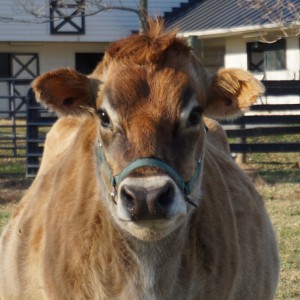
3 - Painting Class Cow Reference, square. Click to enlarge image.
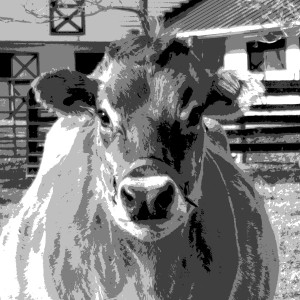
4 - Painting Class Cow Reference, square. Click to enlarge image.
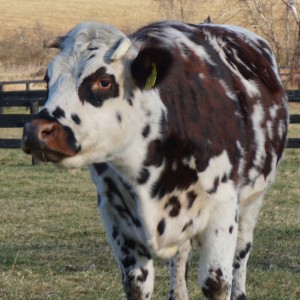
5 - Painting Class Cow Reference, square. Click to enlarge image.

6 - Painting Class Cow Reference, square. Click to enlarge image.
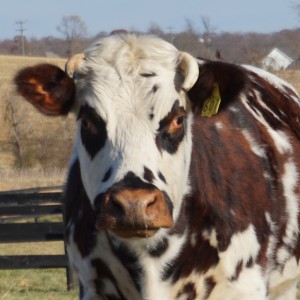
7 - Painting Class Cow Reference, square. Click to enlarge image.
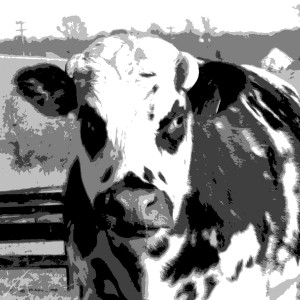
8 - Painting Class Cow Reference, square. Click to enlarge image.
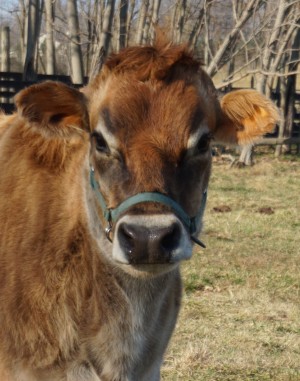
9 - Painting Class Cow Reference, 11x14. Click to enlarge image.
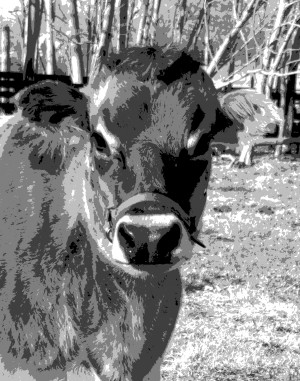
10 - Painting Class Cow Reference, 11x14. Click to enlarge image.
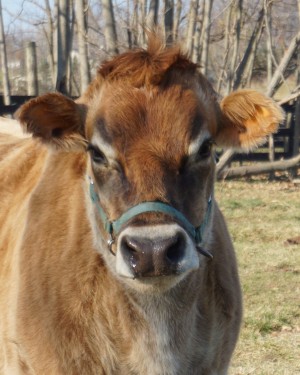
11 - Painting Class Cow Reference, 16x20. Click to enlarge image.
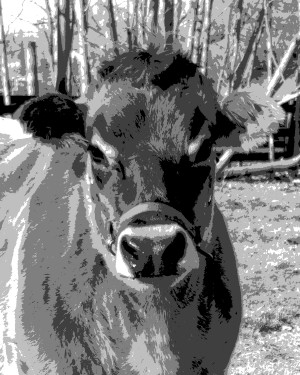
12 - Painting Class Cow Reference, 16x20. Click to enlarge image.
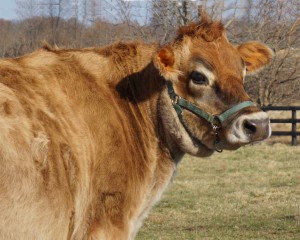
13 - Painting Class Cow Reference, 24x30. Click to enlarge image.
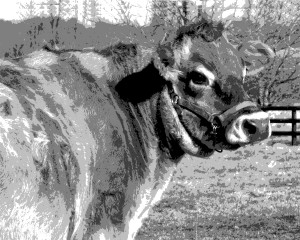
14 - Painting Class Cow Reference, 24x30. Click to enlarge image.
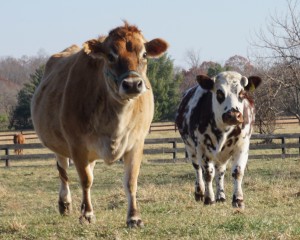
15 - Painting Class Cow Reference, 24x30. Click to enlarge image.
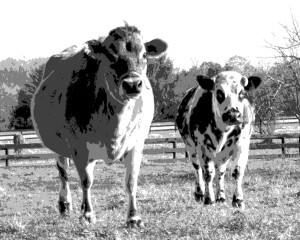
16 - Painting Class Cow Reference, 24x30. Click to enlarge image.
Page Links
Gail Guirreri Art Journals
Related Links
Allowed: 64M/67108864KB.
Current: 22076KB. Peak: 22140KB.



